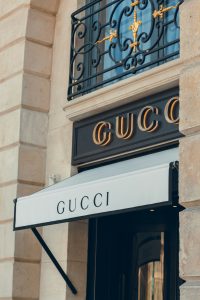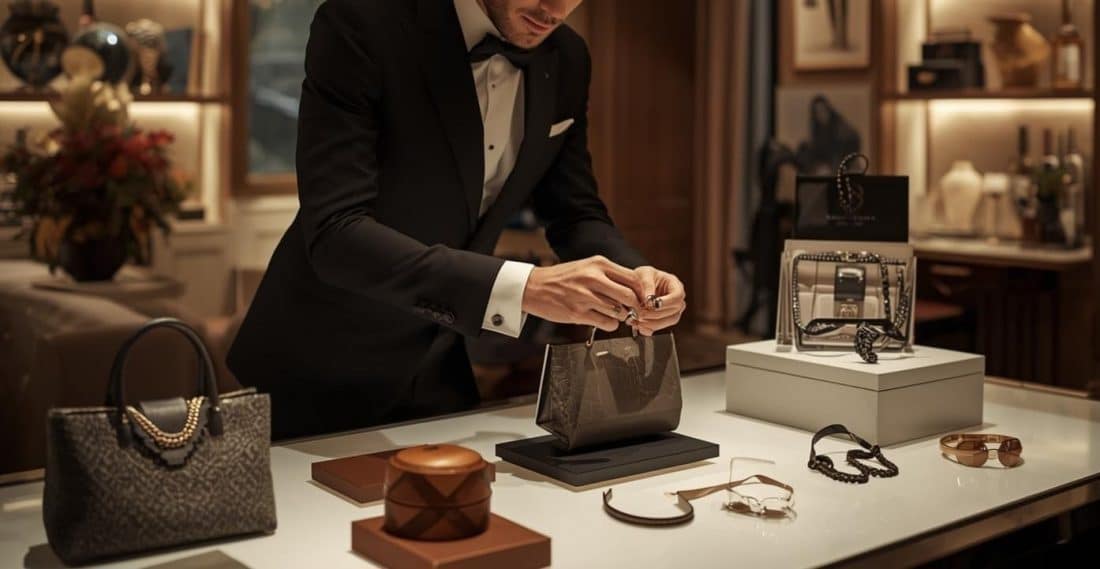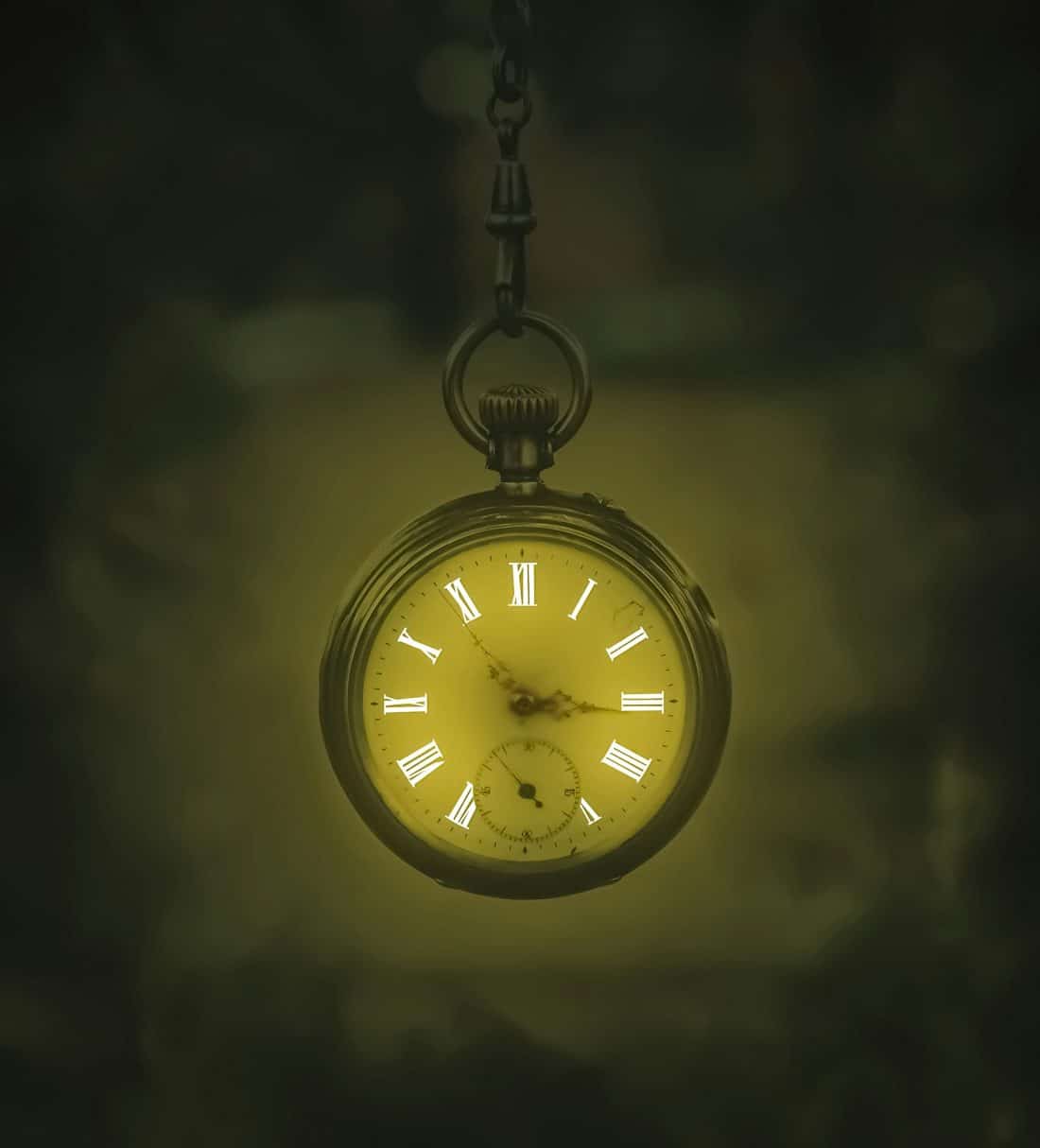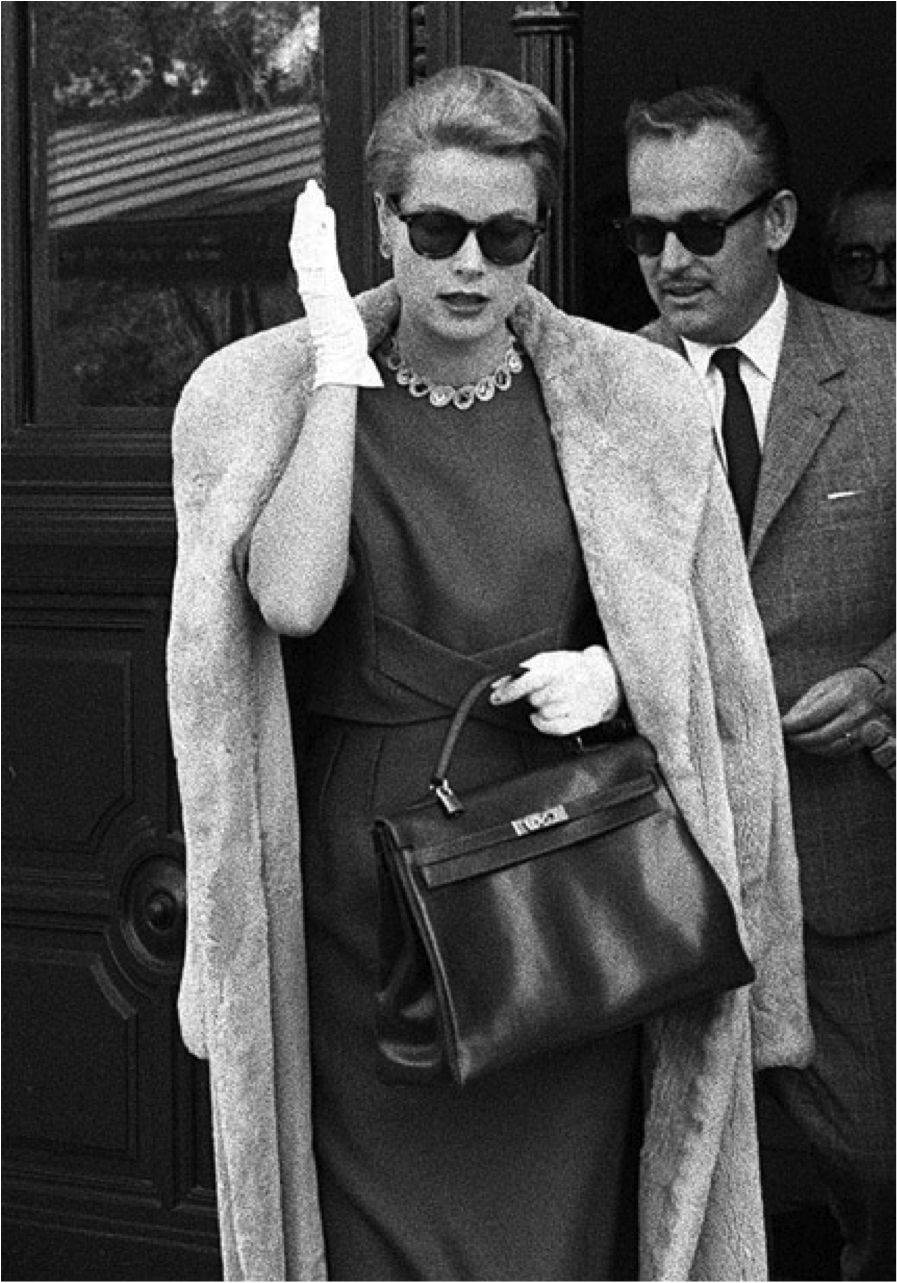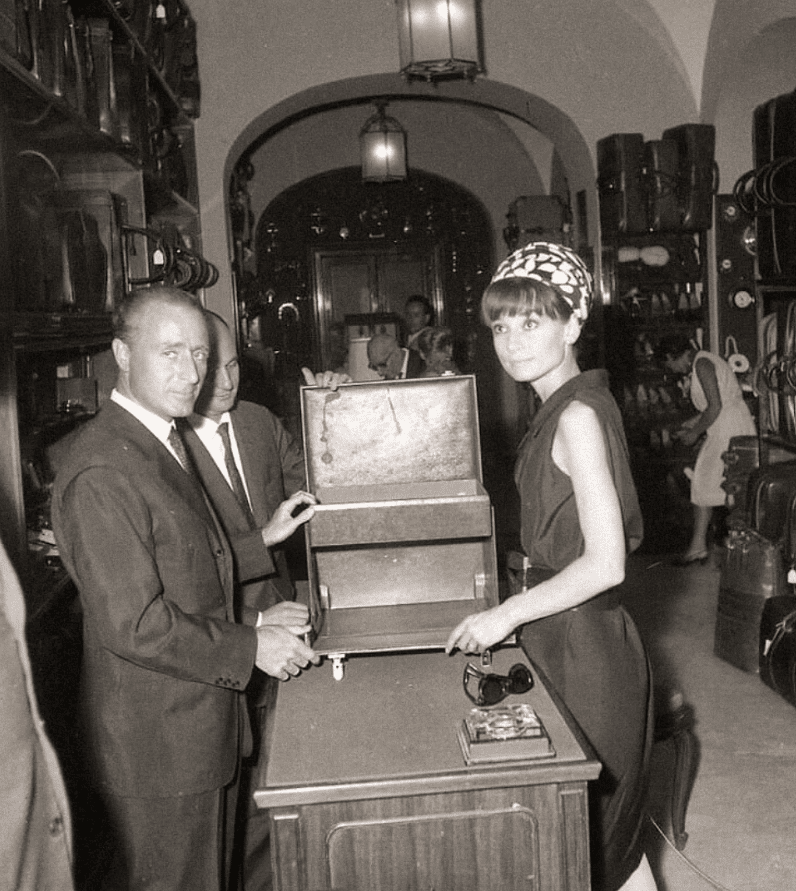
Icons of luxury, chapter IV: Gucci, boldness made elegant
We continue our tribute to the most iconic luxury brands in history… This time, we delve into the history of Gucci. The brand that has transcended the concept of fashion to become a symbol of style, power and reinvention. From its Florentine origins to its current position as a benchmark for contemporary luxury, it has managed to transform each stage—including crises—into a perfect exercise in creative audacity.
(Below in spanish)
The brand was born in 1921, when Guccio Gucci founded a small shop selling leather goods and luggage in Florence. The refined elegance he had seen during his stay in London as a bellboy at the Savoy Hotel, inspired him to create. He was fascinated by the good taste of English customers and, from there, decided to design products that combined that sophistication with Italian craftsmanship.
Very soon, thanks to the quality of its leathers, meticulous craftsmanship and seal of exclusivity, it began to stand out among aristocrats and travellers, who were very attracted to the functional luxury of each of the creations.
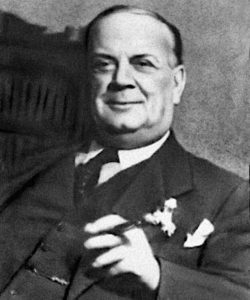
And it was in the 1940s and 1950s that the legend was cemented… During this period, the firm introduced its most recognisable icons, such as the bamboo bag and the green-red-green flag. The bag emerged during the post-war period when a shortage of materials led artisans to seek innovative solutions, while the flag, based on equestrian straps, became the emblem of the house.
Fast forward to the 1960s, and we see how the true Gucci phenomenon began as a synonym for status. Actresses such as Audrey Hepburn, Elizabeth Taylor and Grace Kelly wore its designs. And the interlocking double G logo, designed in honour of the founder, became a universal symbol of modern luxury. The brand expanded with boutiques in major cities around the world: Rome, Paris, New York and London. As a result, the name was no longer just Italian: it was global aspiration and sophistication.
However, as in any story worth its salt, there came a crisis, a renewal and, of course, a resurgence… It was in the 1980s, marked by family disputes and the overexploitation of the logo, events that directly threatened the brand’s prestige, causing its image to begin to fade amid excessive licensing, compounded by a totally uncertain creative direction.
The turning point came in the 1990s with the arrival of Tom Ford as creative director. He revitalised the brand with an elegant, provocative and sensual style, restoring Gucci’s lost media power. With his unique vision, he modernised the brand, positioning it once again at the epicentre of contemporary luxury.
After Ford, with Frida Giannini, the brand maintained its magnetism. It did so by embracing a more romantic femininity and reviving its equestrian heritage. Then came 2015, when a new chapter began with Alessandro Michele, who imprinted an eclectic, artistic and baroque aesthetic, turning Gucci into a cultural phenomenon, embracing maximalism and boundless creativity.
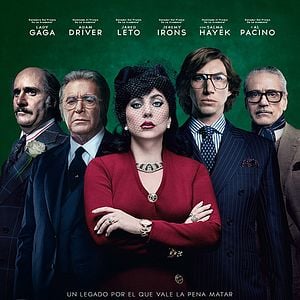
Fascinating facts
- ‘House of Gucci’ (2021), the film starring Lady Gaga and Adam Driver, reignited fascination with the brand’s intriguing family history.
- The event that inspired the film was the 1995 murder of Maurizio Gucci (grandson of the founder) on the orders of his ex-wife, Patrizia Reggiani.
- In recent years, the brand has promoted eco-friendly programmes, such as its commitment to being carbon neutral and using recycled and vegan materials.
- It has collaborated with brands such as The North Face, Balenciaga and Adidas, merging haute couture and urban culture.
- Its current style icons are Harry Styles, Rihanna and Jared Leto, as they are perfect ambassadors for the brand’s sophisticated yet eccentric style.
- Its timeless Italian touch is part of its essence because, despite its international expansion, it continues to produce a large part of its items in Italy and by hand.
“Quality is remembered long after price is forgotten”
(Gucci)

Gucci today
Gucci is currently part of the Kering group, one of the most powerful luxury conglomerates on the planet. Creative direction is now in the hands of Sabato De Sarno, who has brought a more minimalist and refined approach to the house, under the concept of ‘quiet luxury’.
Author: María José Núñez
Translate: Alice Bettega
………………………………………………………………………………………………………………
Iconos del lujo, capítulo IV:
Gucci, la osadía hecha elegancia
Seguimos con nuestro tributo a las casas de lujo más emblemáticas de la historia… Adentrándonos, esta vez, en la trayectoria de Gucci. La firma que ha trascendido el concepto de moda para convertirse en un símbolo de estilo, poder y reinvención. Desde sus orígenes florentinos hasta su posición actual como referente del lujo contemporáneo, ha sabido transformar cada etapa -con crisis incluida- en un perfecto ejercicio de audacia creativa.
El nacimiento de la marca fue en el año 1921, en el momento en que Guccio Gucci fundó en Florencia una pequeña tienda de artículos de cuero y equipaje. La elegancia refinada que había visto durante su estancia en Londres como botones en el hotel Savoy fue lo que le inspiró para crearla. Tenía fascinación por el buen gusto de los clientes ingleses y, a partir de ahí, decidió diseñar productos que combinaran esa sofisticación con la artesanía italiana.
Muy pronto, gracias a la calidad de sus pieles, esa meticulosidad en la confección y el sello de exclusividad empezó a destacar entre aristócratas y viajeros, muy atraídos por ese lujo funcional de cada una de sus creaciones.
Y fue en las décadas de los 40 y los 50 cuando se consolidó el mito… La firma introdujo en esta época sus iconos más reconocibles, como son el bamboo bag (bolso de bambú) y la bandera verde-roja-verde. El bolso surgió durante la posguerra cuando la escasez de material llevó a los artesanos a buscar la capacidad de innovar; mientras que la bandera, basada en las cinchas ecuestres, se posicionó como el emblema de la casa.
Si nos trasladamos a los años 60 ya vemos cómo ahí es cuando da comienzo el auténtico fenómeno Gucci como sinónimo de estatus. Actrices como Audrey Hepburn, Elizabeth Taylor o Grace Kelly lucían sus diseños. Y el logo de las dos G entrelazadas, que fue diseñado en honor al fundador, se convirtió en un símbolo del lujo moderno a nivel universal. Y la firma se expandió con boutiques en las principales ciudades del mundo: Roma, París, Nueva York y Londres. Con lo cual, el nombre ya no era únicamente italiano: era aspiración y sofisticación global.
No obstante, como en toda historia que se precie, llegó la crisis, la renovación, y por supuesto, el resurgir… Fue en la década de los 80, marcada por las disputas familiares y la sobreexplotación del logotipo, hechos que amenazaron directamente al prestigio de la marca, provocando que la imagen empezara a diluirse entre licencias excesivas, añadiendo a ello una dirección creativa totalmente incierta.
Fue en los 90 cuando llegó el punto de inflexión con la llegada de Tom Ford como director creativo. Él revitalizó la firma con un estilo elegante, provocador y sensual, devolviendo a Gucci el poder mediático que había perdido. Con su particular visión modernizó la casa, posicionándola nuevamente en el epicentro del lujo contemporáneo.
Después de Ford, con Frida Giannini, la firma mantuvo su magnetismo. Y lo hizo apostando por una feminidad más romántica y por recuperar esa herencia ecuestre. Y llegó 2015, momento en el cual se abrió un nuevo capítulo con Alessandro Michele, quien imprimió una estética ecléctica, artística y barroca, convirtiendo Gucci en un fenómeno cultural, abrazando el maximalismo y la creatividad sin límites.
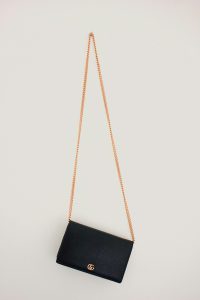
Curiosidades fascinantes
- “House of Gucci” (2021)”, la película protagonizada por Lady Gaga y Adam Driver, reavivó la fascinación por la intrigante historia familiar de la marca.
- El suceso que inspiró la película fue el asesinato de Maurizio Gucci (nieto del fundador), en 1995, por orden de su ex esposa, Patrizia Reggiani.
- En los últimos años, la marca ha impulsado programas ecológicos, como su compromiso de ser carbono neutral y de utilizar material reciclado y vegano.
- Ha colaborado con marcas como The North Face, Balenciaga y Adidas fusionando alta costura y cultura urbana.
- Sus iconos actuales de estilo son Harry Styles, Rihanna y Jared Leto, pues son perfectos embajadores del estilo sofisticado pero también excéntrico de la marca.
- Su toque italiano eterno forma parte de su esencia pues, a pesar de su expansión internacional, sigue produciendo buena parte de sus artículos en Italia y artesanalmente.
“La calidad se recuerda m
ucho después de que el precio se olvide”
(Gucci)
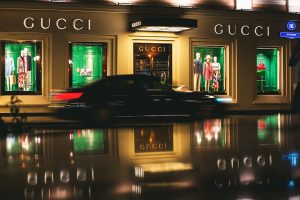
Gucci hoy
Actualmente, Gucci forma parte del grupo Kering, uno de los conglomerados de lujo más poderosos del planeta. La dirección creativa la lleva a cabo ahora Sabato De Sarno, quien ha devuelto a la casa un enfoque algo más minimalista y depurado, bajo el concepto “quiet luxury”.
Como hemos avanzado anteriormente, hoy la firma combina tradición artesanal y sostenibilidad, con proyectos como Gucci Equilibrium, cuyo objetivo es equilibrar el lujo con la responsabilidad ambiental.
Por otra parte, sus desfiles continúan siendo verdaderos acontecimientos culturales y su influencia trasciende la moda: se expande hacia el arte, la música, el diseño y, sobre todo, el estilo de vida.
Se puede afirmar que la naturaleza de Gucci sigue siendo la misma: una combinación entre historia, innovación y deseo. Es el lujo forma de expresión y autenticidad, más allá de la ostentación. No sigue tendencias, sino que las crea, logrando un equilibrio entre herencia y modernidad.
Autora: María José Núñez
Traducción: Alice Bettega

